introduction
This comprehensive guide will walk you through all the options – from determining your stamp collection’s value, preserving and protecting these history-filled paper treasures, repurposing them into art or gifts, to selling at auction or donating to charity.
We’ll also explore rekindling your own stamp collecting hobby and connect you with a vibrant community of fellow philatelists. With minimal financial investment, that dusty old collection could unlock hidden profits, satisfy your crafty side, or simply spark joy by passing it along to inspire the next generation.
Whether you inherited a great aunt’s 1930s British Royal Family collection or found a suitcase of international World Cup stamps in your attic, this guide will help ensure your old stamps get the care, attention, and purpose they deserve. Let’s get started.
Determining Your Stamp Collection’s Value
Before deciding what to do with an inherited or existing stamp collection, it’s important to assess its overall value. This helps inform next steps around preservation, selling, repurposing or donating. There are two primary forms of value to evaluate:
Monetary Value
The monetary value of a stamp collection depends on several factors:
- Rarity of Individual Stamps – The more rare and scarce a stamp is, the higher the value. Limited edition runs, printing errors, and stamps in mint condition hold premium value.
- Condition – Heavily used, damaged or trimmed stamps are worth less than those in pristine condition. Evaluate centering, cancellations, and perforations.
- Eras and Subjects – Vintage stamps from the 19th century Victorian or Edwardian eras can be highly valuable. Topical collections around space, sports, or botany hold appeal.
- Completeness of Sets – Complete sets, especially with rare high-value stamps, increases overall value versus incomplete sets.
Having a professional appraisal done by a reputable dealer or auction house ensures you understand your collection’s true current monetary value before deciding what to do with it.
Historical Value
In addition to monetary value, old stamp collections often have historical and educational value as cultural artifacts and physical representations of world history. Stamps can chronicle major events, arts movements, technological innovations, and more. This history gives collections an intangible value.
When determining a collection’s worth, consider both its monetary appraisal and how it may preserve interesting eras, subjects, and locations through the lens of philately. Share some stories with the next generation.
Preserving & Protecting Old Stamp Collections
Proper preservation and protection is critical for maintaining the integrity and value of an heirloom stamp collection, regardless of monetary worth. Follow these best practices:
Climate Controlled Storage
Store collections in a cool, dry, dark place away from direct light and heat fluctuations. Avoid attics, basements, or garages. The ideal climate is 68-72°F with 45-50% relative humidity. Dehumidifiers, humidifiers or temperature regulating archival containers may be needed.
Archival Mounts & Albums
Never use adhesive to mount stamps. Opt for archival quality mounts and albums with protective sleeves to minimize handling. Products like glassine envelopes, Showguard mounts, and Scott Specialty albums are gold standards.
Careful Handling
Always use stamp tongs or gloves vs. bare hands to avoid skin oils damaging stamps. Hold stamps gently by the edges only. Work over soft surfaces to cushion a potential drop.
Magnification & Lighting
Use an illuminated magnifier to inspect stamp details without strain. Portable LED lamps or natural daylight are best for viewing.
Following archival practices preserves these paper treasures for generations to come. Be sure to inventory your collection and record provenance stories while relatives are still around to learn from.
Repurposing Stamp Collections through Art and Crafts
Don’t let an old stamp collection just sit in storage! Give it new life through art and craft projects. Some ideas:
Stamp Collages
Cut or tear stamps to create intriguing collage artworks. Arrange stamps based on color, imagery, or theme to make unique designs. Frame collages or use them to decorate objects like jewelry or vases.
Scrapbooking
Integrate stamps into scrapbook pages alongside photos and journaling to embellish memories and events. Date-relevant stamps add interest to birthdays, weddings, holidays, etc.
Stamp Mosaics
Carefully cut or punch out pieces of stamps to assemble into mosaic designs. Use tile spacers between pieces while gluing onto surfaces. Great for mirrors, frames, and boxes.
Decorated Stationery
Jazz up writing stationery, greeting cards, notebooks or scrap paper by decorating edges or blank spaces with colorful or thematic stamps.
Jewelry and Decoupage
Attach or decoupage stamps onto jewelry items like bracelets, necklaces and earrings for one-of-a-kind accessories. Could also decoupage onto household items like vases, boxes or picture frames.
With a bit of creativity, stamp collectors can find renewed purpose in their collection through decorative arts and crafts for themselves or to give as handmade gifts.
Selling an Old Stamp Collection
If you decide to sell a stamp collection, here are some tips to maximize returns:
Stamp Market Overview
The stamp collecting market has changed over the decades but remains strong amongst established collectors. Rare, old, and top condition stamps tend to garner prime values. Complete sets and unique topics like space exploration also appeal to buyers.
Sales Platforms
For high-value collections, reputable auction houses like Christie’s provide global bidding access. More common collections can sell through eBay or niche marketplaces like Delcampe. Local stamp dealer shops may also purchase collections.
Preparing Your Collection
To maximize sales revenue, invest time cataloging your collection by country and chronology. Organize stamps into logical lots for auction. Describe condition and any special attributes. Quality images attract buyers.
Tax Considerations
In the U.S., proceeds from selling a personal stamp collection may be subject to capital gains taxes if profits exceed your cost basis. Keep detailed records for tax purposes. Account for auction house commissions and fees too.
With a prized collection, selling through reputable channels can unlock substantial value. But be sure to understand fees, market conditions, and tax obligations first.
Donating a Stamp Collection
Donating a stamp collection offers benefits like:
- Preserving history and cultural knowledge
- Aiding fellow collectors and institutions
- Potential tax deductions
Recipients
Consider donating to:
- Museums – Local or niche museums often have philately collections and expertise.
- Libraries & Universities – Many have special collections departments that accept stamp donations.
- Youth Programs – Donations to Boys & Girls Clubs or schools can inspire future collectors.
- Stamp Clubs and Societies – Connect with fellow collectors interested in donations to further their mission.
Appraisal Requirements
To claim a tax deduction for a donated collection in the U.S., you’ll need a qualified independent appraisal documenting fair market value. Be sure to itemize deductions on your tax return.
Donating a collection takes more effort but gives the satisfaction of preserving stamp history for posterity. Do research to find an ideal recipient that will appreciate the collection.
Returning to Stamp Collecting
Inheriting a collection can rekindle a passion for philately. Here are tips for diving back in:
Connecting with the Community
The internet makes connecting with fellow collectors easier than ever. Join forums to trade advice. Use social media to find nearby clubs and events. Attend virtual auctions to grow your network.
Expanding Your Collection
Modern conveniences like eBay and mail order make acquiring stamps for your collection much simpler compared to the past. Set up searches for new inventory alerts. Consider trading duplicates to fill gaps.
Exhibiting Your Collection
Enter local, regional, or national exhibiting competitions. Expert judges evaluate displays and provide feedback. Move up exhibit levels to qualify for global shows like the World Stamp Show. Compete and connect with fellow philatelists.
Stamp collecting has evolved with the times while still maintaining its core traditions. Tap into online communities and resources to rekindle your enjoyment of this rewarding lifelong hobby.
Other Routes for Stamp Collections
Beyond the main options covered, here are a couple other possibilities to consider:
Seeking a Direct Buyer
You may be able to find an enthusiastic collector interested in purchasing your entire collection as-is. This avoids the time of preparing for auction and splits with the middleman. Reach out to local clubs, dealers, or collectors directly to gauge potential interest.
Repurposing Stamps
While damaged and common stamps have little resale value, collectors can repurpose them for non-display crafts. Soak stamps off paper and use the material to add texture to pottery, mosaic tiles, greeting cards, decoupage, and more. Get creative with recycling old stamps!
Sometimes thinking outside the box leads to simple, satisfying solutions for dealing with an inherited stamp collection. Connect with fellow collectors and crafters to explore all the possibilities before deciding your approach.
Concluding Thoughts
Inheriting a stamp collection opens up many possibilities. Here are some key takeaways:
- Evaluate both monetary and historical value to understand what you have. Seek professional appraisals when needed.
- Follow archival practices to preserve these artifacts for future generations, regardless of current value.
- Consider repurposing less valuable stamps into crafts and artworks through collages, jewelry, stationery and more.
- Research market conditions and prepare carefully when selling high-value collections through auction houses or dealers.
- Donate collections to institutions that will appreciate the educational and research value they provide.
- Tap into online communities to rekindle your personal stamp collecting hobby.
The joy of stamps is sharing their stories. Whether selling to collectors, passing along to new stewards, or using your newfound knowledge to mentor youth, ensure these historical treasures engage and inspire for years to come.

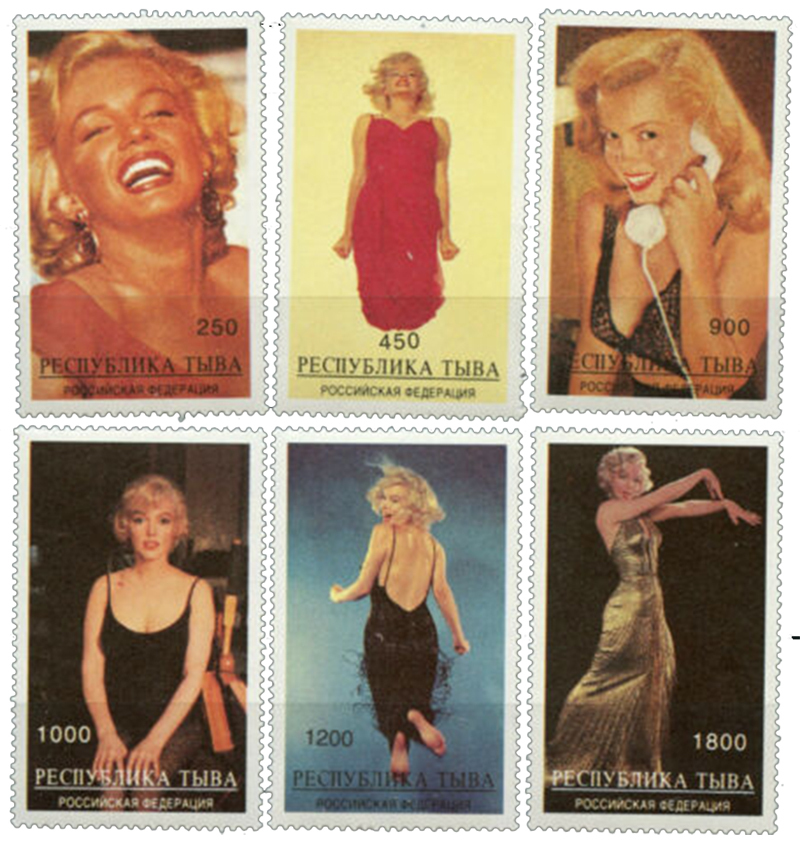
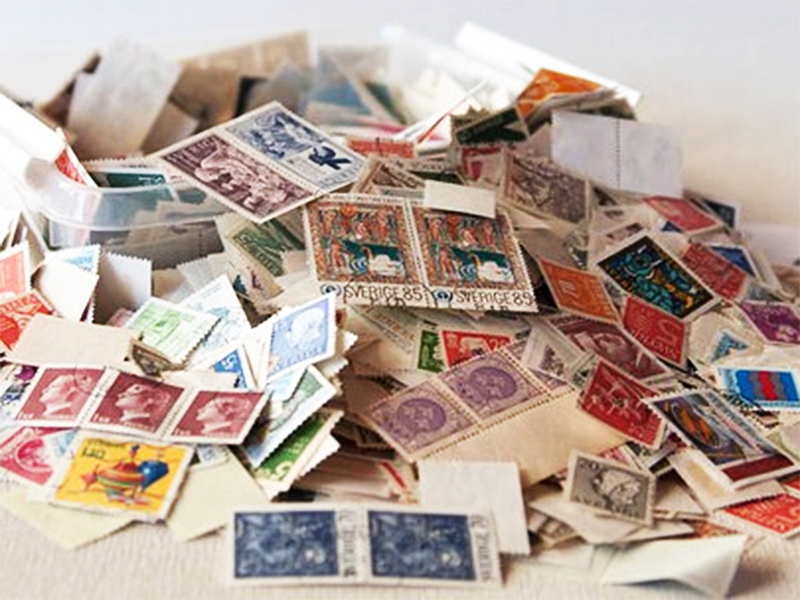
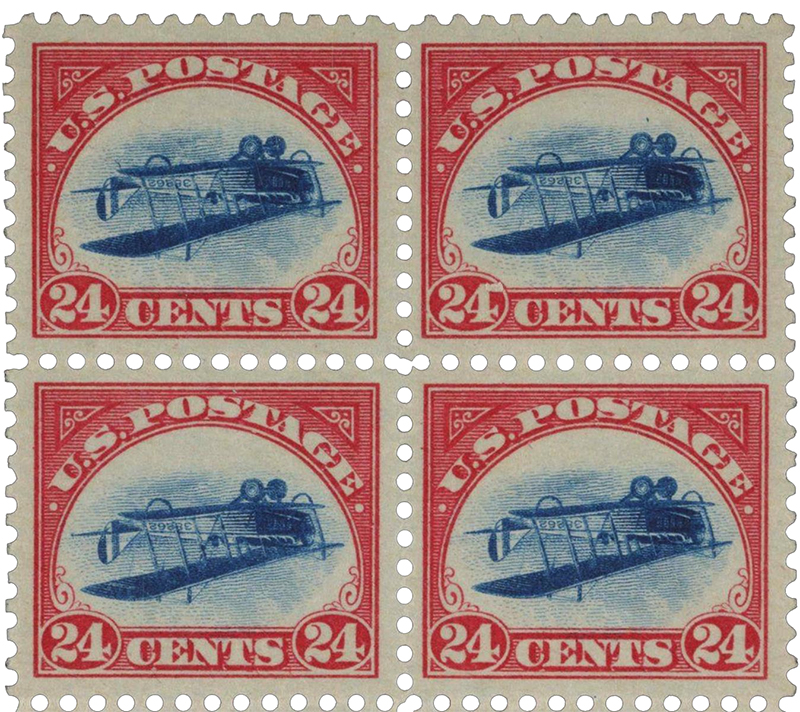
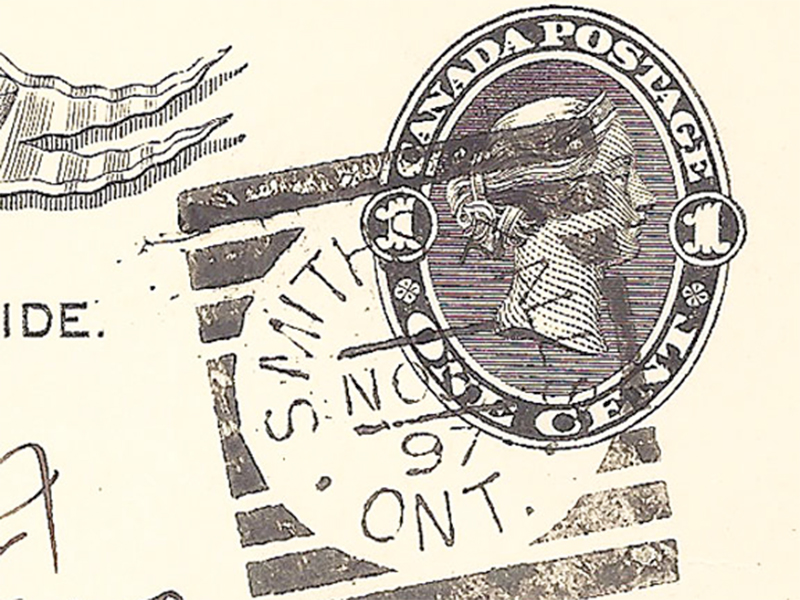
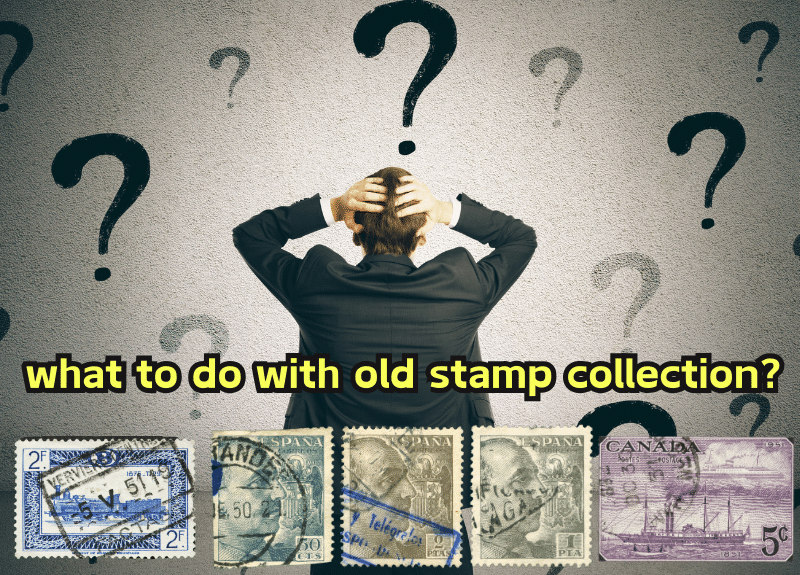
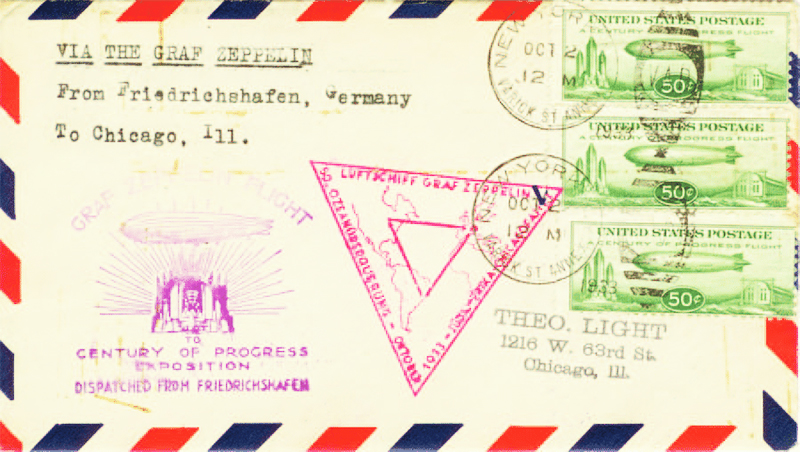



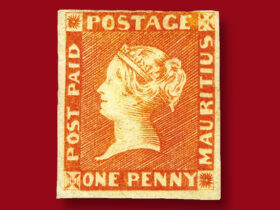
Leave a Reply